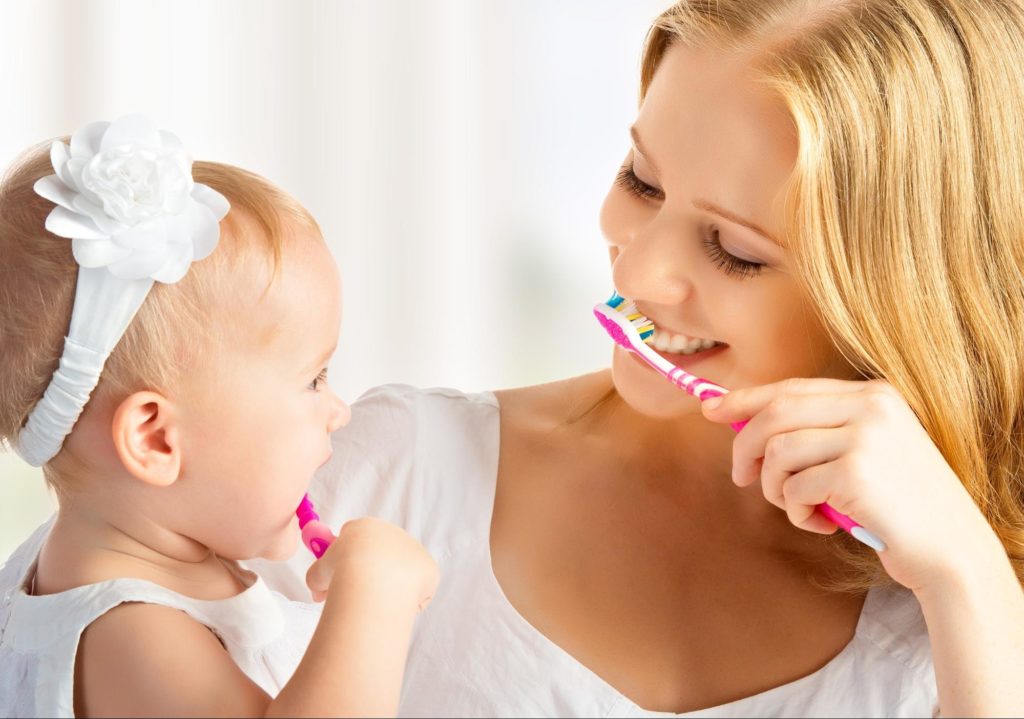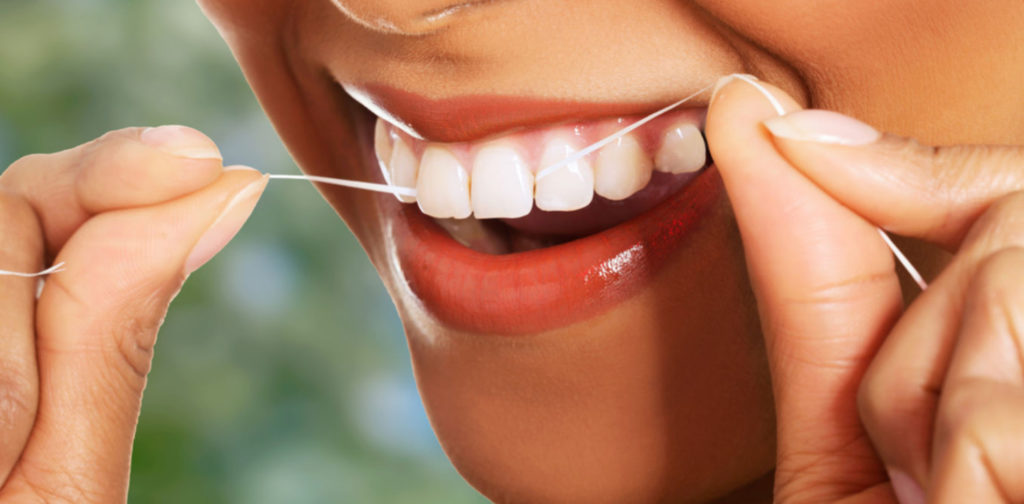Although your child’s baby teeth are only temporary, they still play an important role in the way their mouth develops as their permanent teeth begin to come in. Getting an early start on an excellent dental hygiene routine is an essential part of setting them up for a lifetime of good oral health!
Many parents don’t realize how prevalent dental decay is, but it’s actually one of the most common childhood diseases. With nearly half of all children between the ages of 2-11 having had cavities in their baby teeth. Almost a quarter of children in that same age range went on to have cavities in their permanent teeth. Tooth decay can threaten tiny teeth, and it also has the potential to negatively affect your child’s overall health, including their self-confidence.
One of the biggest benefits of a healthy smile in childhood is the foundation for a healthy self-image, something that can last a lifetime. But introducing basics like brushing and flossing can be a source of confusion for some parents, who might wonder when to start and how to teach their children in the best way. Here at Children’s Dental Center, we believe parents are the biggest influence on their children’s oral habits, and we want to help you get it right! We’ve put together this list of tips for when, and how, to teach your child good oral hygiene for a healthy mouth.

Start brushing early
You don’t have to wait for the first pearly whites to appear in your baby’s mouth before you begin a nightly routine of cleaning their mouth. Even with newborns, you can softly rub their gums with gauze or a soft cloth. Once the baby teeth do begin to erupt, you can use a soft-bristled child’s toothbrush to clean the teeth. Although we recommend that you continue brushing for them until they have the dexterity to take over, usually around 5 or 6 years old, you can still emphasize the basics of brushing as you go.
- Brush all the teeth, every time you brush.
- Hold the brush at a 45-degree angle gently against the gum line.
- Brush from the base of the tooth up to the chewing surface.
- Use short, round strokes for the front and the back of teeth.
- Use short, sweeping strokes for the chewing surfaces.
- Be consistent when brushing across each tooth.
- Brush the tongue and roof of the mouth from back to front.
Flossing

Flossing can be awkward even for adults, let alone children with small, untrained hands. Teaching your child to floss can be tricky, but it’s totally doable with a little bit of patience and dedication. As your child’s permanent teeth begin to fill in, with tooth surfaces touching, plaque and food can settle between teeth. If left there, this can lead to tooth decay and even gum disease. It’s important to teach your child to floss, and ensure they do so at least once a day.
- Choose floss that’s soft and gentle on your child’s gums. Flavored floss that tastes good can help hold their interest.
- Measure a length of floss that runs roughly from your fingers to your elbow.
- Wrap the floss around your child’s fingers as you would your own when flossing, but pay close attention that you don’t wrap it too tight.
- Gently guide your children’s fingers, showing them how to glide the floss in between the teeth.
- Show them how to make the floss into a C shape and curve it beneath the gum line, taking care to not press too hard or dig too deep.
- Teach them to shift the floss to the next finger between each tooth so that fresh floss is being used in each space.
Learning to floss effectively may be frustrating for your small child, and fortunately, there’s an easy way to combat that! There’s a wide variety of child-friendly floss sticks available in lots of different colors and flavors. They usually come in large packs, which is cost effective, and also gives your little one room for error. They aren’t reusable, though, so make sure they dispose of each floss stick after use.
Think outside the box
Even with lots of practice and instruction, it can sometimes be a struggle to get your child invested in a dental routine. You can combat this is by making brushing and flossing fun, as well as informative. Hand them an old toothbrush and show them how to brush their favorite doll’s teeth, or check out this great list of books for kids that focus on dental care. Encourage your child to dance around while they brush, or to make silly faces in the mirror when they’re done, to check for clean teeth. Brushing doesn’t have to be boring!
Achieving healthy smiles in Memphis with Children’s Dental Center
Children’s Dental Center, along with the American Academy of Pediatric Dentistry, recommend your child is seen by a dentist by their first birthday. This first visit will allow both parent and dentist to learn about the specific dental needs of your child, and how to care for any potential issues before they crop up. Remember that many common dental problems can be prevented, or at least more easily treated, if they’re caught in the early stages. Seeing a dentist by the age of one helps us get a head start on a healthy mouth! It also sets the foundation for us to begin teaching them in age-appropriate ways the importance of brushing and flossing, as well as demonstrating technique for them.
If you’re in Memphis or the surrounding area, and want more information on the importance of educating your child about the best oral hygiene practices, get in touch with us today! We can help show you the best way to clean your child’s teeth, and also instruct you on how to teach them to clean their own teeth thoroughly. With experienced dentists and a skilled staff, we’ve got what it takes to keep your child smiling!
